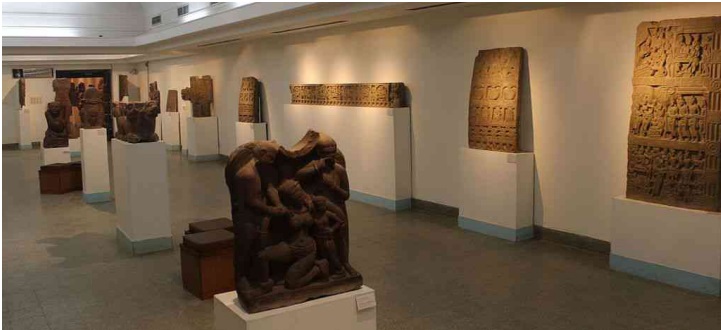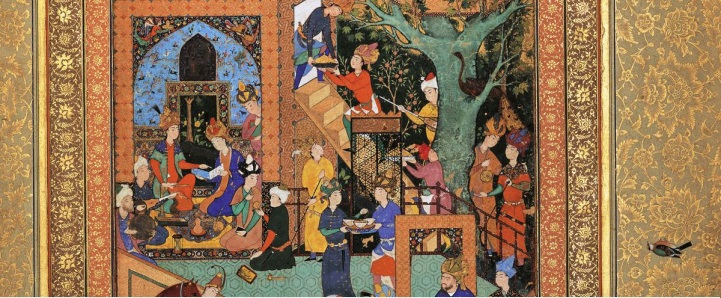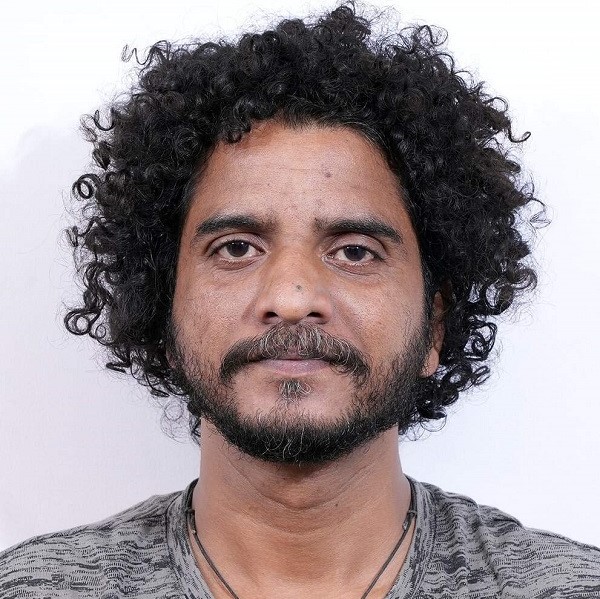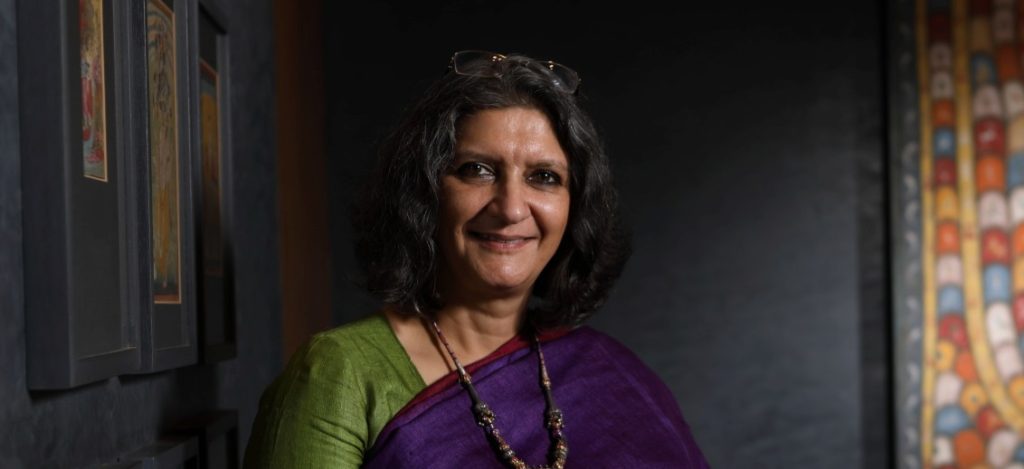Throughout history, as art objects have circulated globally, they have usually flowed toward money or political power. Increasingly, today, we hear calls to reverse this flow – to send stolen objects or the spoils of war and colonial domination back to their ‘home’. Most of these appeals’ speak truth to power, as it were, asking wealthy nations, institutions and individuals to transfer objects to poorer ones, writes Kavita Singh in her essay ‘Repatriation Without Patria’.
Kavita Singh was a scholar interested in Indian art, subjects ranging from miniature to museum culture, Repatriation to Art history and democracy, ‘Museum in an Age of religious Revivalism’ to ‘Colonial, International, Global: Connecting and Disconnecting Art Histories’. Subjects vary, but the voice of Kavita Singh is always held with Indian Art historical interest and is grounded in Indian realities.
Museums and Repatriation
In ‘Repatriation Without Patria, Kavita Singh extensively writes about the museum objects and the repatriation of the artefacts from the looters. The theft of artefacts from the original home is a crime against human culture, and the dispute over the objects is, in terms of legal and moral rights, is enduring subject in Art history and museum studies. Kavita Singh brings the accounts of Nazi-looted artefacts and historical accounts of ‘wealthy nations began to admit the claims of their indigenous populations who had been subject to internal colonisation’.

Regarding the repatriation of an object, there are some legal, moral and ethical concerns; as Kavita Singh wrote, ‘although their arguments might lie outside legal provisions of the day, they have implications for the legal community’. In this essay, Kavita Singh writes about the politics of repatriation and the identity crises of the nation that lost the artefacts. According to Kavita, repatriation has when rights over the nation – and the right to represent the nation– are claimed by more than one entity. When repatriation arises in the historical condition, as Kavita Singh’s argued, that is the aftermath of historical trauma. ‘Nations demand the return of art treasures when they gain sovereignty and are no longer subject to imperial control. Can ‘repatriation’ be possible or have any meaning or efficacy when the traumatic event is not past but is ongoing, as in the case of Tibet? Write by Kavita Singh for the voice of Tibet.
In Material Fantasy: the Museum in Colonial India, Kavita Singh writes about the ‘absolute nexus between knowledge and power; this approach seems to leave no room for a gap between the coloniser’s intention and effect; there is nothing provisional or improvised, or not dictated by a predetermined design’. And in this essay, Kavita asks a significant question about the colonial museum in India and the element of knowledge for control, or knowledge-control, and reasons why colonial power took away the ability of India to empower the coloniser, why it was built and hoped to make, so many museums in India? Whom, within the colony, would these museums address?
In an essay, ‘the museum, in an Age of religious revivalism’, Kavita Singh and Saloni Mathur write about ‘the unexpected and often surprising role of museums in current identity politics in India’. They argue in Indian culture and history, museums are ‘one of the critical cultural forms through which religious revivalism and cultural nationalism are attempting to consolidate both their statements and their constituencies’. In an essay on ‘Moving the National Museum: What the opacity of the government’s relocation plan reveals’, Kavita Singh discusses the demolition of the three major cultural institutions of India for the Central Vista project- the National Museum, the Indira Gandhi National Centre for the Arts and the Annexe of the National Archives.
In this short note, Kavita Singh cleared the voice for museums and explained the purpose of the museums in modern times; ‘museums are the production of knowledge about the artefacts they hold but also about the contexts from which the artefacts were extracted. Traditionally, museums rivalled universities as study centres; museum curators researched and published but also facilitated the research of others into the collections they held.’
Culture of Miniature paintings

relationship between image and illusion, representation and life. | Credit: The Scroll
Miniature studies are a significant area of Kavita Singh’s art historical interest; in an essay on ‘The Carpet of Intercourse: Courtly Etiquette in Indian Painting’, the Professor studied how this ‘court painting’ is declared a political narrative of that time. Kavita Singh intends to understand the hidden meaning of a miniature painting from the Mughal court. Kavita Singh describes the characteristics of court painting in any style; the King is the central figure and the focus of all gaze, and in painting, he is the giant in appearance. Layered by layered, Kavita Singh brings the speciality of miniature painting and asks questions to understand a work from antiquity.
In an essay on ‘Amid millenarian chaos, the charismatic presence of Akbar – the perfect ruler’, Kavita Singh analysed the pages from the Tarikh-i-Alfi, the first grand, illustrated historical manuscript made in the emperor’s Kitab khana. In ‘In a miniature of Humayun and Akbar, time crumples to depict an entire world of learning’, Kavita Singh brings attention to the meta-painting uses a paradox to provoke meditations on the relationship between image and illusion, representation and life. Kavita Singh curiously looks into a miniature, and King Jahangir contemplates a portrait of his father, a reversal of our ideas about dreams and reality. Then Kavita Singh asks, ‘Why does the deceased Akbar look more accurate than the living King?
Kavita Singh wrote about as many subjects with scholarly enthusiasm and carried an authentic argument on the topics; as Professor of History at Ashoka University, Nayanjot Lahiri said, ‘extraordinarily illuminating study of Mughal, Rajput and Deccan art, as well as her insightful writing on the historical function and role of museums and their significance in the increasingly fraught and conflicted social world in which visual culture exists today, Kavita Singh’s authoritarian lectures and essay’s, are enduring in Indian Art historical literature.

Krispin Joseph PX, a poet and journalist, completed an MFA in art history and visual studies at the University of Hyderabad.





